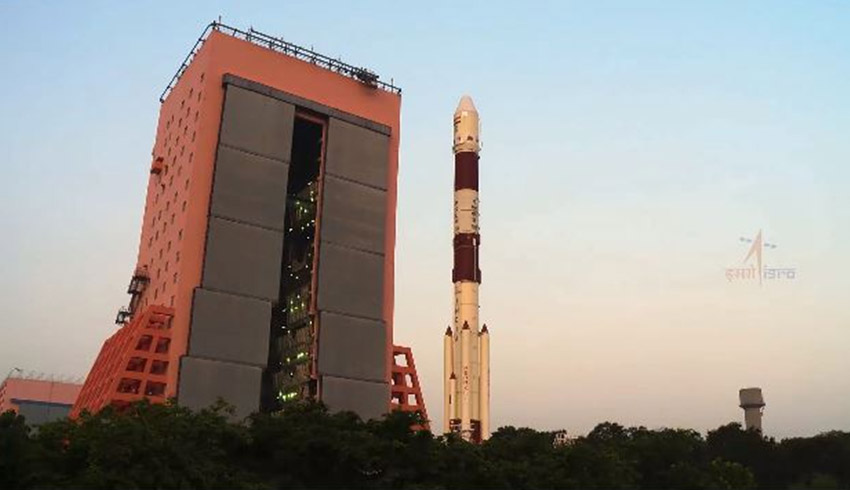All deliver comparable service and level of accuracy, around 5-10 metres. However greater accuracy is better for many applications such as aviation and more nations are rolling out enhanced capabilities – Satellite-based Augmentation Systems (SBAS).
But, especially for aviation, it would be desirable for multiple SBAS to be interoperable.
The SBAS Interoperability Working Group (SBAS IWG) is working to ensure that the future evolutions of all these systems will operate on a similar basis, with common technical requirements.
That would ease transition of international air traffic moving from one system to another, which will be especially important in regions where system coverage overlaps.
That was the subject of the 36th SBAS IWG meeting in Delhi in February, hosted by the Airport Authority of India.
Since the last IWG meeting last year, a new regional SBAS program has been born – the Southern Positioning Augmentation Network (SPAN) covering Australia and New Zealand, represented at the Delhi meeting by Geoscience Australia and Land Information New Zealand.
IWG has been seeking to coordinate the introduction of SBAS for 20 years.
There are different kinds of SBAS, such as the US Wide Area Augmentation System (WAAS) and the European Geostationary Navigation Overlay Service (EGNOS), which use additional ground stations to enhance the accuracy and reliability of existing satnav services across given geographic regions.
“Satellite-based augmentation systems deliver the necessary accuracy, integrity, availability and service continuity for aircraft to be able to rely on them though all phases of flight, from cruising in the air to being guided down for landing,” said head of the European Space Agency EGNOS and SBAS division.
Attending the IWG meeting were representatives of the four SBAS currently under definition or development.
That’s China’s BeiDou SBAS (BDSBAS), represented by the China Satellite Navigation Office; South Korea’s KASS, represented by the Korea Aerospace Research Institute; the African and Indian Ocean SBAS, represented by the Agency for Aerial Navigation Safety in Africa and Madagascar; and the Russian Federation’s System for Differential Corrections and Monitoring (SDCM), represented by Russian Space Systems.
Current systems are mostly based around the US GPS system, with the exception of SDCM for GLONASS and BDSBAS for BeiDou.
The gathering also included an exchange of information on SBAS research and development, including applying SBAS to Europe’s railways.

